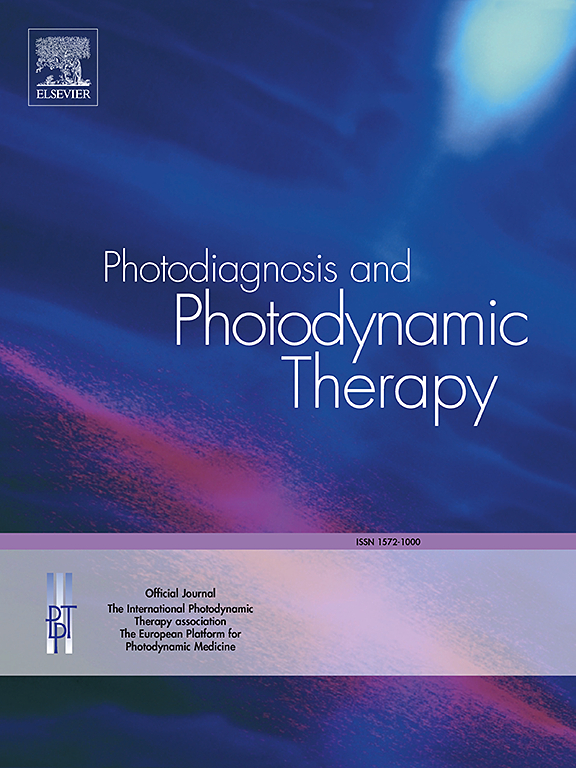A comprehensive review on early detection of drusen patterns in age-related macular degeneration using deep learning models
IF 3.1
3区 医学
Q2 ONCOLOGY
引用次数: 0
Abstract
Age-related Macular Degeneration (AMD) is a leading cause of visual impairment and blindness that affects the eye from the age of fifty-five and older. It impacts on the retina, the light-sensitive layer of the eye. In early AMD, yellowish deposits called drusen, form under the retina, which could result in distortion and gradual blurring of vision. The presence of drusen is the first sign of early dry AMD. As the disease progresses, more and larger deposits develop, and blood vessels grow up from beneath the retina leading to leakage of blood, that damages the retina. In advanced AMD, peripheral vision may remain, but the straight vision is lost. Detecting AMD early is crucial, but treatments are limited, and nutritional supplements like AREDS2 formula may slow disease progression. AMD diagnosis is primarily achieved through drusen identification, a process involving fundus photography by ophthalmologists, but the early stages of AMD make this task challenging due to ambiguous drusen regions. Furthermore, the existing models have difficulty in correctly predicting the drusen regions because of the resolution of fundus images, for which a solution is proposed as a model based on deep learning. Performance can be optimized by employing both local and global knowledge when AMD issues are still in the early phases. The area of the retina where drusen forms were identified by image segmentation, and then these deposits were automatically recognized through pattern recognition techniques.
利用深度学习模型对老年性黄斑变性中黄斑模式的早期检测进行全面综述。
老年性黄斑变性(老年性黄斑变性)是55岁及以上人群视力受损和失明的主要原因。它会影响视网膜,也就是眼睛的感光层。在早期的黄斑变性中,视网膜下会形成一种被称为黄斑的淡黄色沉积物,这可能会导致视力扭曲和逐渐模糊。色斑的出现是早期干性黄斑变性的第一个征兆。随着病情的发展,更多更大的沉积物形成,血管从视网膜下生长,导致血液渗漏,损害视网膜。在晚期AMD中,周边视力可能仍然存在,但直线视力丧失。早期发现AMD至关重要,但治疗方法有限,像AREDS2配方这样的营养补充剂可能会减缓疾病进展。黄斑变性的诊断主要是通过黄斑识别来实现的,这一过程涉及眼科医生的眼底摄影,但由于黄斑变性的早期阶段,由于黄斑变性区域模糊,使得这项任务具有挑战性。此外,由于眼底图像的分辨率问题,现有的模型难以正确预测眼底区域,提出了一种基于深度学习的模型解决方案。当AMD问题仍处于早期阶段时,可以通过使用本地和全局知识来优化性能。通过图像分割识别视网膜上的积水形态,然后通过模式识别技术自动识别这些沉积物。
本文章由计算机程序翻译,如有差异,请以英文原文为准。
求助全文
约1分钟内获得全文
求助全文
来源期刊

Photodiagnosis and Photodynamic Therapy
ONCOLOGY-
CiteScore
5.80
自引率
24.20%
发文量
509
审稿时长
50 days
期刊介绍:
Photodiagnosis and Photodynamic Therapy is an international journal for the dissemination of scientific knowledge and clinical developments of Photodiagnosis and Photodynamic Therapy in all medical specialties. The journal publishes original articles, review articles, case presentations, "how-to-do-it" articles, Letters to the Editor, short communications and relevant images with short descriptions. All submitted material is subject to a strict peer-review process.
 求助内容:
求助内容: 应助结果提醒方式:
应助结果提醒方式:


